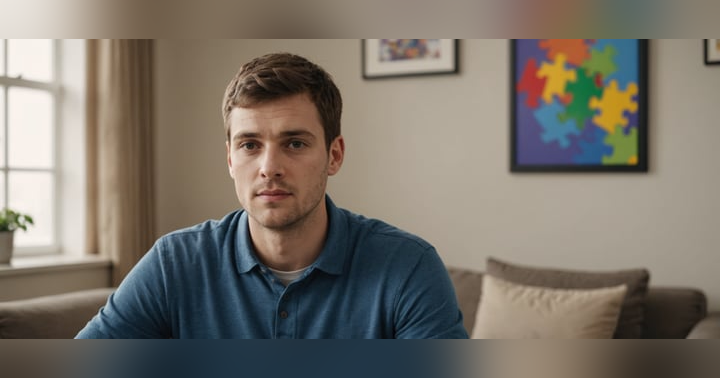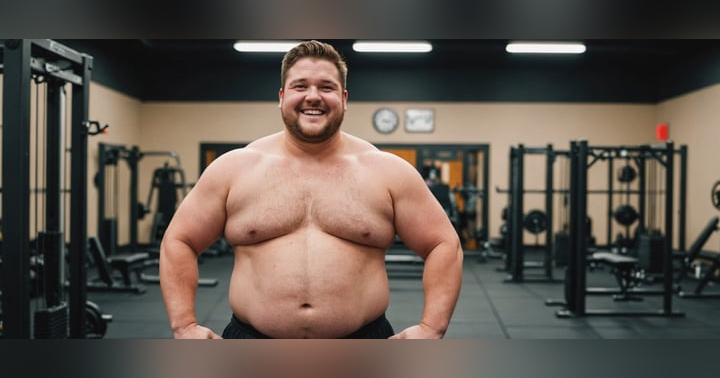Championing Queer Identity Through Visibility, Activism, and Cultural Influence

The Power of Queer Voices Across Communities
Throughout history, queer voices have fought to be seen, heard, and valued, not only in moments of crisis but in the fabric of everyday life. That fight continues today through artists, activists, and community leaders working across creative, political, and wellness spaces. Their efforts carry forward a legacy of visibility, resistance, intersectional inclusion, mental health advocacy, and community building. Together, they remind us that representation is not merely symbolic, but a force for real change.
LGBTQ+ Visibility and Representation
Visibility has always been a cornerstone of liberation, from the early days of the Stonewall Riots to contemporary stages and screens. Philadelphia’s “Queen of Comedy” and 2019 Drag Queen of the Year, Bev, sees drag as inseparable from politics: “Drag, I think has always been and will need to continue to be political.” Her own career reflects this truth. When a venue attempted to censor a political performance, Bev ended a decade-long professional relationship, underscoring the deep connection between queer art and political expression. “If it weren’t for Sylvia Rivera and Marsha P. Johnson actually beginning the Stonewall Riots,” she says, “we wouldn’t have the modern gay rights movement.”
Representation, however, extends beyond the stage. For artist Jacoby Nordberg, it’s often about the simple but profound act of “being that voice in the room.” His presence in creative spaces sends a signal to younger queer people that they, too, belong. “Maybe the seven-year-old self of me would be like, oh, so I can do that,” he reflects.
That presence matters in all genres, including ones that have historically sidelined queer characters. In horror, YouTuber and podcaster Bobby Torrez pushes back against tokenized portrayals, advocating for stories where queer people take center stage. Citing projects like Fear Street, Midnight Kiss, and Spiral, Bobby calls for more narratives “set around us for a change… because we are people. We have lives… we have interesting things going on with us.”
Queer Activism and Resistance
For many creators, art and activism are inseparable. Bev notes that queer performance often fills in the gaps left by traditional media, offering truths absent from so-called “non-biased journalism.” Playwright and Gay of the Dead creator Sean Abley echoes this sentiment, seeing the horror genre as uniquely accessible for queer participation: “The fans are the filmmakers are the journalists are the academics.” He urges queer creators to embrace the genre’s openness, to “jump in somewhere,” and to support unconventional works like Skinamarink.
This spirit of resistance becomes even more critical in light of rising anti-drag legislation and book bans. Bev calls these laws “a lot of smoke and mirrors” designed to distract from larger societal issues. In Kentucky, Louisville Pride Foundation Program Manager Anthony Munger transforms state funding into empowerment by paying drag queens, trans people, and allies to train as certified community health workers (CHWs). Meanwhile, in publishing, New York Times bestselling editor Alexander Rigby uses Penguin Random House’s banned books initiative to arm readers with tools for contacting representatives, writing to schools, and supporting LGBTQIA+ youth. He also sees encouraging signs: “There’s really a desire for more queer titles—not only for other queer people to read, but for all kinds of people who enjoy reading queer stories.”
Intersectionality Within the Queer Experience
True representation and advocacy must recognize intersectionality, the overlapping systems of identity and oppression. Anthony’s CHW program reaches people who are not only queer or trans but also immigrant, rural, or otherwise marginalized. In some rural areas, drag performers themselves become vital community connectors, bridging gaps in trust and access.
For researcher and runner Max Korten, intersectionality also means navigating the world as both a gay man and someone with autism. Dating, he says, can be especially complex: “When you’re neurodivergent, you tend to think in very black and white terms. It can just be a very challenging process.” Bobby, meanwhile, points to the importance of seeing interracial queer couples on screen, as in Spiral, where societal prejudice intertwines with horror’s supernatural threats.
Mental Health in the LGBTQ+ Community
Isolation remains one of the community’s most pressing mental health challenges, particularly in rural areas. Anthony’s CHWs combat this not only with health education but also through casual gatherings where queer people can simply exist without judgment. “Just being around other queer people, where there’s no expectation to even be looked at… is very liberating,” he says.
Meanwhile, psychologist Dr. Jason Durant notes another recurring pattern: gay men seeking out emotionally unavailable partners, shaped by early conditioning around love and vulnerability. “It feels like love, because maybe we grew up feeling that love was always a little unrequited… we seek out these relationships with people who are not able to do it for one reason or another.”
Peter DeWitt, founder of Gay Wellness, frames mental health as a lifestyle built through conscious, daily choices. “We have to make these things habitual… so that we don’t make other things habitual that are escapist… avoiding the pain and the suffering.”
Community Building and Mentorship
Resilience often grows from mentorship, shared wisdom, and spaces where people feel they truly belong. For LGBTQ+ realtor Ryan Windt, that sense of belonging can begin with finding a home, not just a property, but a place in a community. He encourages people to start conversations about homeownership early: “It’s never too early to start the conversation. Reach out to anybody that you trust to go through this process with.” Ryan also celebrates the importance of “gayborhoods” as hubs of culture, safety, and connection, while acknowledging that strong queer communities can flourish anywhere when people are intentional about supporting one another.
In creative fields, that same principle holds true. Jacoby emphasizes that even a single trusted collaborator can make a difference. “To even have one person as community… is very, very important.”
For body-positive fitness coach Roy Belzer, building community is not just about geography or shared projects—it’s about cultivating psychological safety. He emphasizes the importance of being in environments where people can show up fully as themselves, free from fear of judgment or rejection. That foundation of trust allows for deeper conversations around self-worth, especially when resisting harmful beauty standards. Roy reminds people to prioritize their own well-being over outside opinions: “Remembering that at the end of the day, it is your body that you are living in, and they are not, is so important.”
Pop Culture as a Vehicle for Change
Pop culture has long been a stage for challenging harmful narratives and fostering empathy. Bev points to HBO’s We’re Here as a series that brings visibility and sparks dialogue even in places resistant to LGBTQ+ acceptance. Photographer and MLVC Podcast host Stefan Mreczko traces this cultural impact through Madonna, an enduring queer icon whose defiance, sexuality, and artistic fearlessness have inspired generations. Building on this legacy, singer and podcaster Carmine Davis sees pop culture not only as a source of representation but as a way for queer people to reclaim their narratives entirely. “Because of pop culture… we’re able to tell our stories… and we are going to be better for it.”
Carrying the Movement Forward
The voices here—artists, activists, health advocates, and community leaders—demonstrate that queer visibility is dynamic and ever-evolving. It is a vibrant force fueled by creativity, resilience, and a steadfast commitment to justice. Through representation, activism, intersectional advocacy, mental health support, mentorship, and cultural influence, the LGBTQ+ community continues to expand the boundaries of inclusion and acceptance.
The fight for equality remains ongoing, marked by both hard-won victories and new challenges. Each bold performance, challenged law, shared story, and act of mentorship lights the way forward. Achieving lasting progress calls for a sustained, collective dedication to living authentically and uplifting one another every day.
And remember: every day is all we have, so you've got to make your own happiness.
For more information on this topic, listen to Episode 133. Best of Guests (2024): Part 2.
Tune into your favorite podcast player every Tuesday for new episodes of A Jaded Gay.


















